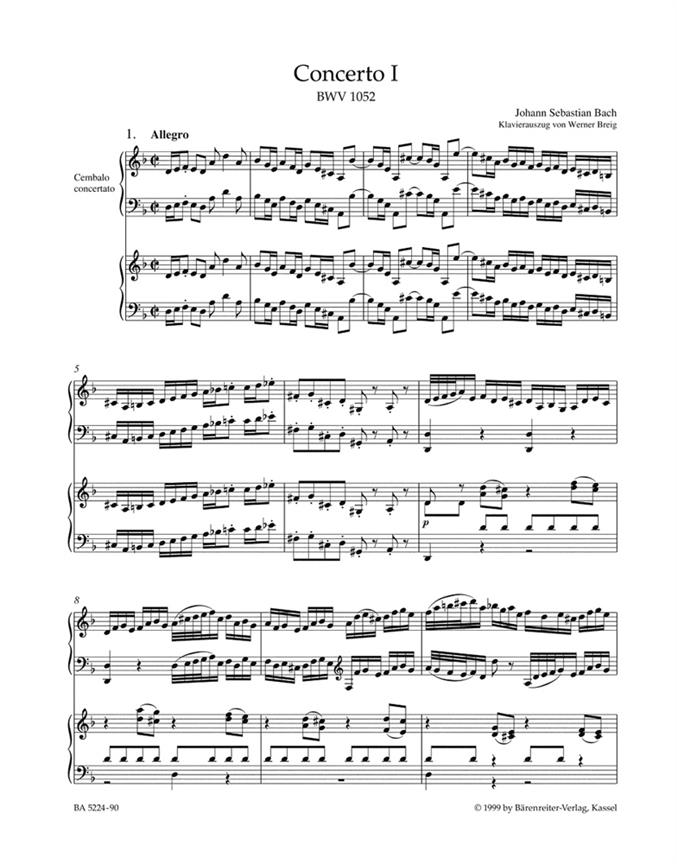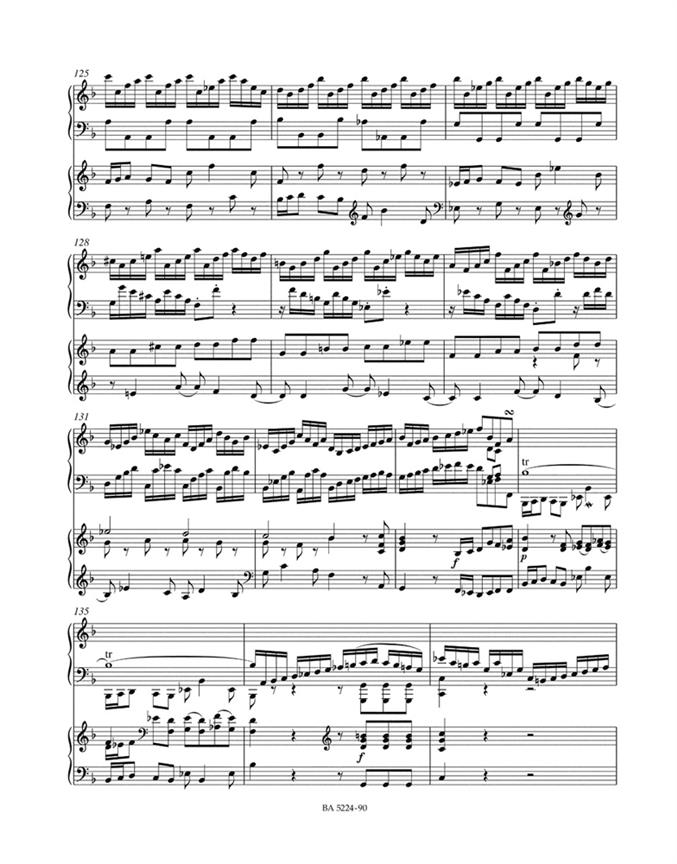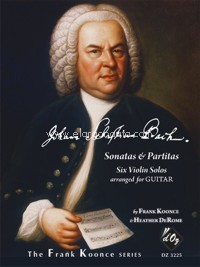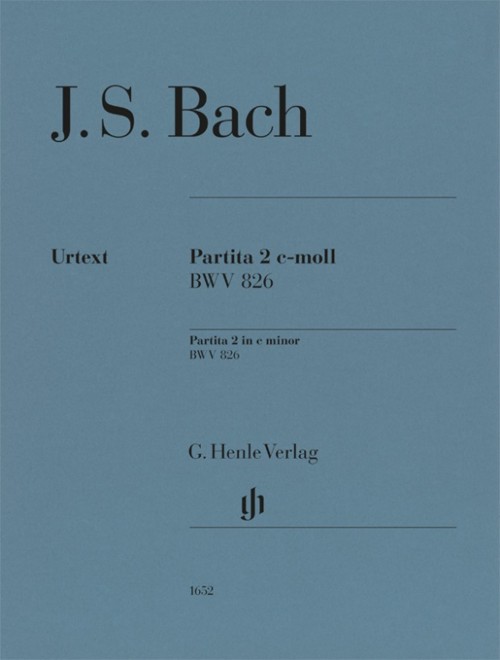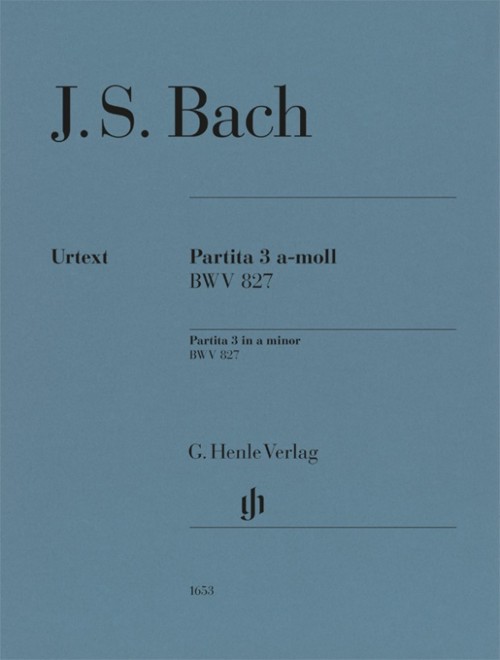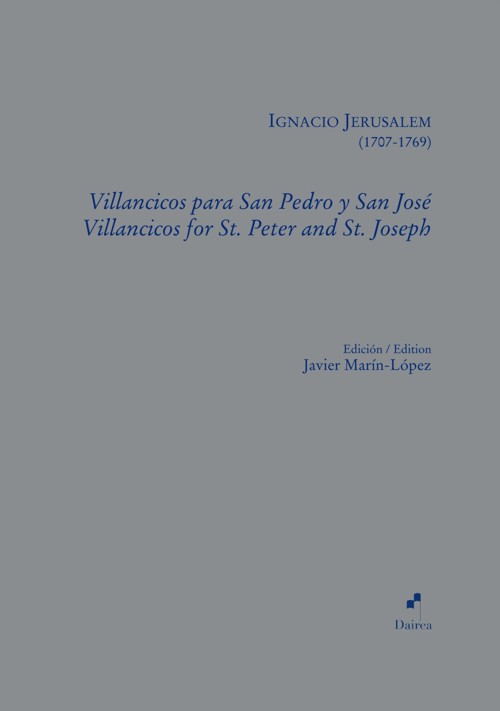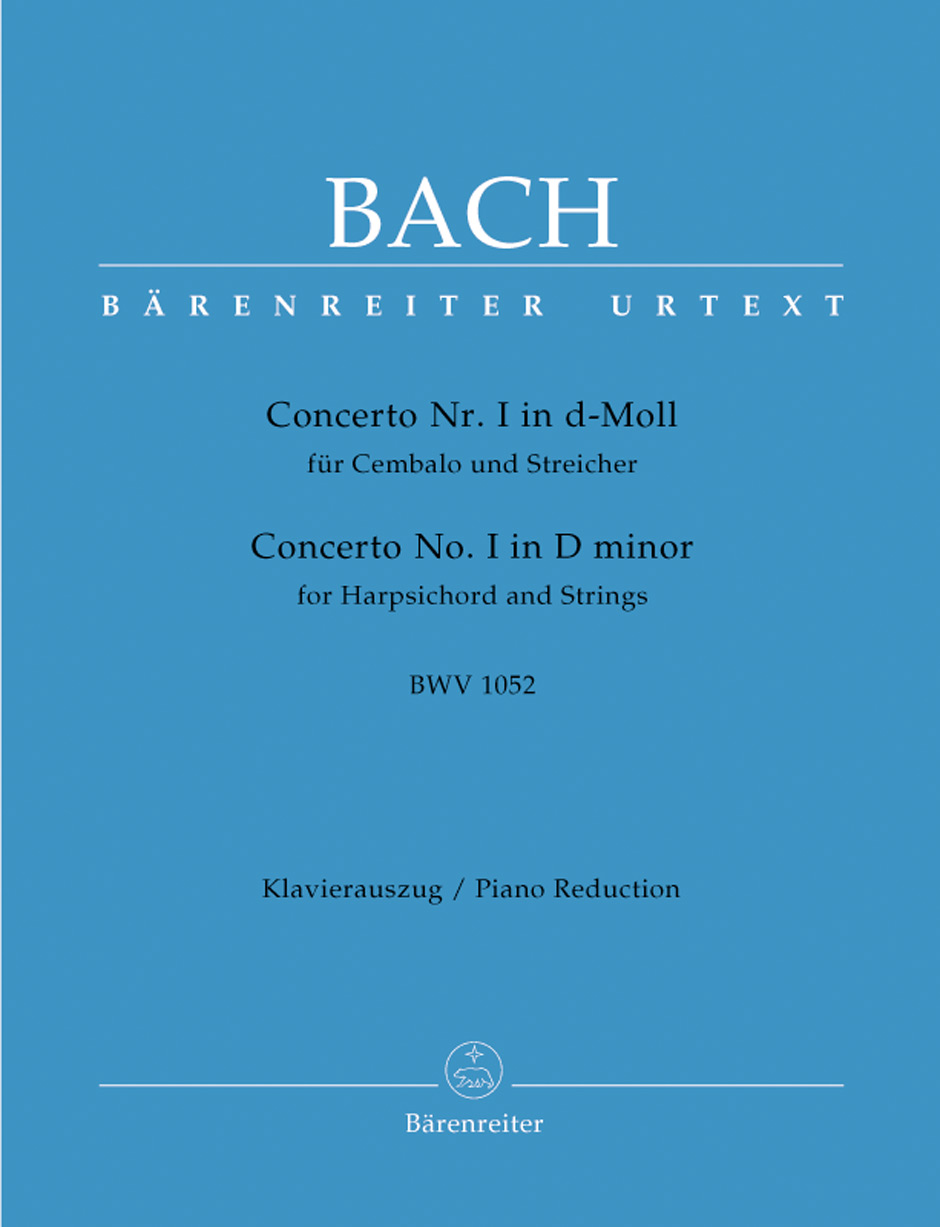
Cembalokonzert I BWV 1052 = Concerto No. I in D minor, for Harpsichord and Strings. Piano Reduction
Bach, Johann Sebastian
Bärenreiter. 1999Instrumento:
Ficha técnica
- EAN: 9790006505456
- ISBN: 979-0-006-50545-6
- Código del editor: BA 5224-90
- Editorial: Bärenreiter
- Fecha de edición: 1999
- Encuadernación: Rústica
- Dimensiones: 23x32
- Idioma: Inglés/Alemán
- Nº páginas: 47+28
Disponible en breve
Si se pide hoy, se estima recibir en la librería el 24/09/2025PVP. 26,60€
Añadir a la Lista de deseos
Johann Sebastian Bach (1685-1750): Concierto para clave y orquesta de cuerdas, n 1 en re menor. BWV 1052 = Concerto Nr. I in d-Moll für Cembalo und Streicher. Klavierauszug = Concerto No. I in D minor for Harpsichord and Strings. Piano Reduction
Urtext Edition
Edición de / Edited by: Breig, Werner
Score + part (cembalo concertato)
All eight concertos [BA 5224-BA 5231] are presented in piano reductions with separate orchestra parts. Not only is the piano reduction suitable for conducting from the harpsichord, it also enables the works to be played on two harpsichords. All of Bach?s solo harpsichord concertos are now available with the " Urtext " of the New Bach Edition.
In early 1729 Bach became director of the so-called »Scottish Collegium Musician« a music organization of students and local citizens. The remarkable results of this undertaking are the concertos for harpsichord. Today it isalmost certain that practically all of these concertos were transcribed from concertos for melody instruments (mostly violin or oboe).
The D-minor Concerto, BWV 1052, forms the opening item in Bach?s autograph score of hissix harpsichord concertos, BWV 1051 to BWV 1057 (Berlin Staatsbibliothek, Mus. ms. Bach P 234). Bach scholars are unanimously in agreement that the piece was transcribed from a violin concerto in the same key. Theoriginalconcerto, although no longer extant today, can be reconstructed with some degree of certainty from its various transcriptions.
---

